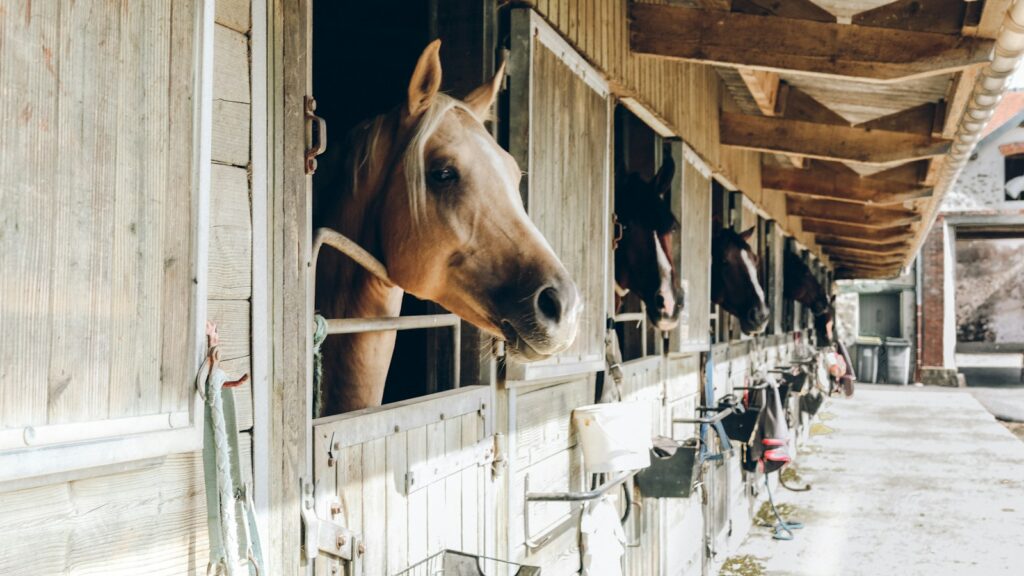Ranch life conjures images of wide-open spaces, grazing cattle, and the freedom of the countryside. Yet behind this idyllic picture lies a constant, buzzing battle that every rancher knows all too well—the fight against flies. These tiny insects might seem like mere nuisances to city dwellers, but on a ranch, they represent significant economic threats and animal welfare concerns. From spreading diseases among livestock to causing stress that reduces production, flies create problems far beyond what most people imagine. What’s more surprising is how sophisticated, multi-faceted, and sometimes counterintuitive effective fly control strategies have become. Let’s explore the fascinating and often unexpected realities of managing these persistent pests in the context of modern ranch operations.
The Economic Impact of Flies Goes Far Beyond Annoyance

When it comes to ranch economics, flies represent a far more significant threat than most outsiders realize. Studies from agricultural universities estimate that horn flies alone cost the U.S. cattle industry over $1 billion annually through reduced weight gains and decreased milk production. A heavily infested animal can lose up to a pound of weight daily simply from the energy expended in defending against biting flies. The constant harassment disrupts normal grazing patterns, with cattle bunching together defensively instead of spreading out to utilize pasture effectively. Additionally, veterinary costs increase substantially when treating fly-transmitted infections like pinkeye and mastitis. Perhaps most surprisingly, research shows that even moderate fly populations can reduce beef cattle growth rates by 15-20 pounds per animal over a single season—a substantial financial loss when multiplied across an entire herd.
The Biological Arms Race: Different Flies Require Different Strategies
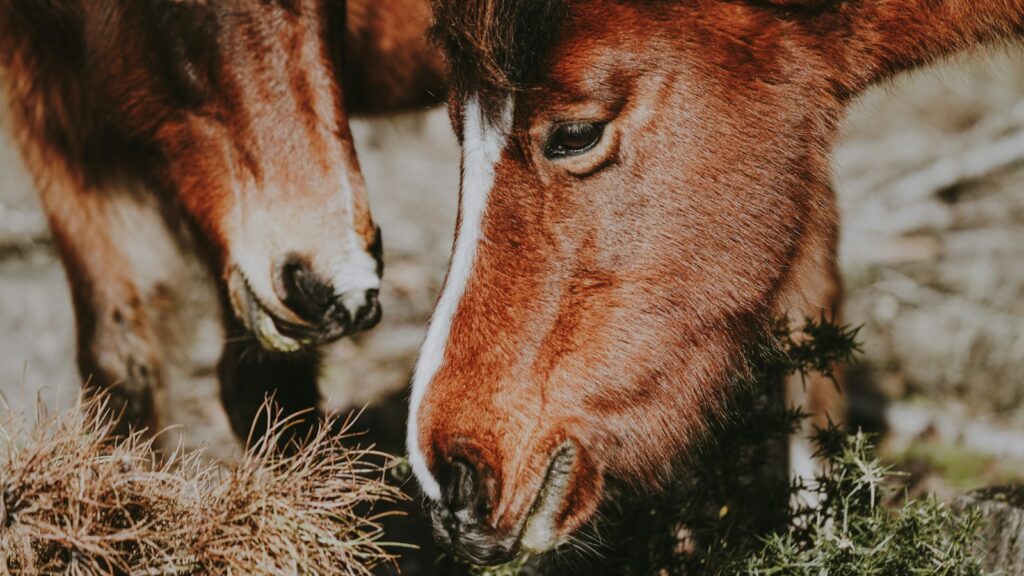
Not all ranch flies are created equal, and this biological diversity creates significant complexity in effective control programs. Horn flies, stable flies, face flies, horse flies, deer flies, and house flies each have distinct behaviors, breeding habits, and impacts on livestock. Horn flies, for instance, spend almost their entire lives on cattle, rarely traveling more than a few feet from their host, while face flies only land on animals to feed around the eyes and muzzle, spending most of their time elsewhere. Stable flies attack primarily the legs and bellies of livestock, while house flies don’t bite at all but spread disease through physical contact. This diversity means that no single control approach can effectively manage all fly species simultaneously. Successful ranchers develop targeted strategies for specific problem species, often implementing multiple control measures simultaneously to address the unique ecological niches each fly occupies within the ranch environment.
The Counterintuitive Role of Dung Beetles in Fly Management
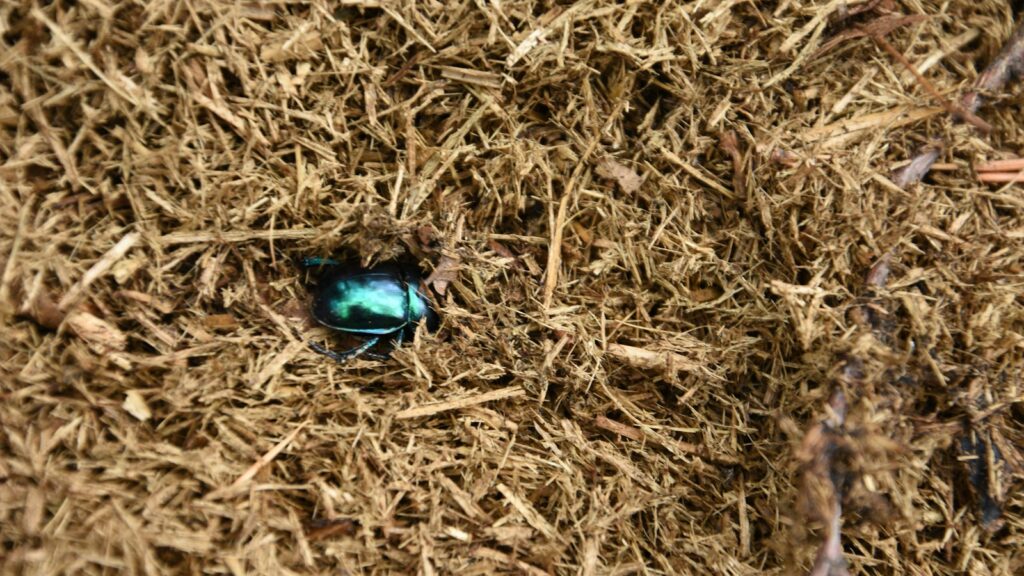
One of the most surprising allies in ranch fly control comes in the form of the humble dung beetle, which transforms a liability into an asset. These remarkable insects can bury a fresh cow patty within 48 hours, effectively removing the primary breeding medium for many fly species before fly eggs can develop into larvae. A healthy dung beetle population can reduce fly emergence from manure by more than 95%, providing natural biological control that requires no additional input from ranchers. Surprisingly, many common fly control practices, particularly certain insecticides and parasiticides administered to livestock, can harm these beneficial insects, creating a counterproductive cycle where chemical controls actually increase long-term fly problems by reducing natural enemies. Forward-thinking ranchers now carefully select treatments that preserve dung beetle populations, sometimes even introducing new beetle species to their properties to enhance this natural control mechanism.
The Poultry Solution: Fly-Fighting Chickens
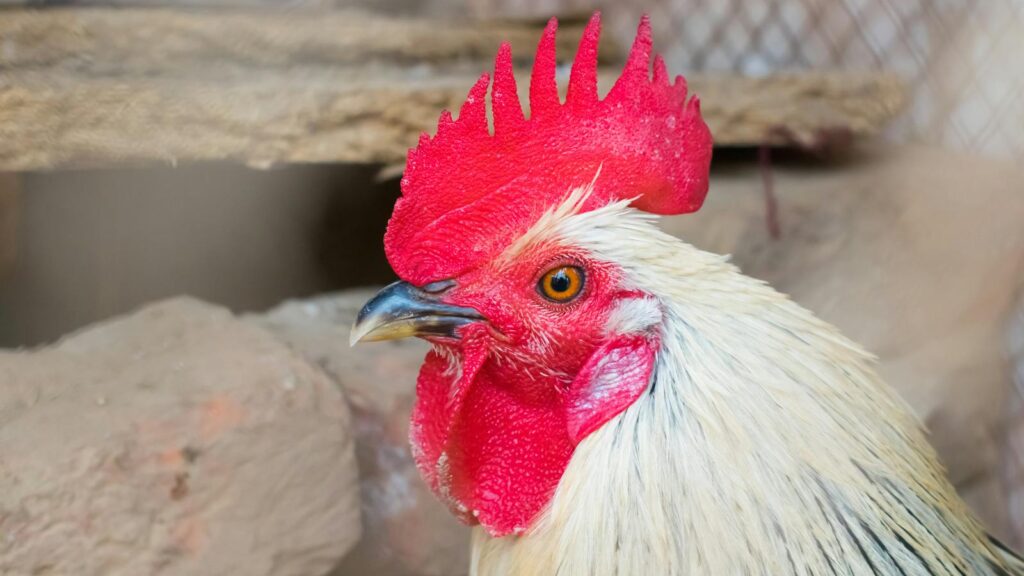
In an elegant return to traditional farming practices, many ranchers are rediscovering the value of incorporating poultry into their operations specifically for fly control. Free-ranging chickens enthusiastically hunt fly larvae in manure piles and around livestock areas, with a single hen capable of consuming hundreds of fly maggots daily. Guinea fowl prove even more effective, actively seeking out adult flies and their larvae as preferred food sources. Beyond direct predation, the scratching behavior of poultry disrupts fly breeding sites, preventing successful egg development. This integrated approach creates multiple benefits: reducing fly populations naturally, providing additional farm income through egg or meat production, and improving pasture fertility through the distribution of poultry manure. Many progressive ranchers now specifically design mobile chicken coops that follow cattle rotations, creating a symbiotic relationship that addresses pest management challenges while diversifying ranch operations.
The Double-Edged Sword of Feed-Through Fly Control

Modern ranch management often incorporates feed additives that pass through livestock and kill fly larvae developing in manure, a seemingly perfect technological solution that requires minimal labor. These feed-through larvicides, containing growth regulators like diflubenzuron or methoprene, prevent fly larvae from successfully developing their exoskeletons, effectively stopping fly reproduction at its source. However, the reality proves more complex than initially apparent. While effective against target fly species, these chemicals can equally impact beneficial insects that consume manure, including dung beetles and parasitic wasps that naturally control fly populations. Research from the University of Nebraska found that pastures treated with certain feed-through products showed initial drops in fly populations followed by potential rebound effects as beneficial insect populations declined. Additionally, residues can persist in manure for weeks, potentially entering watershed systems during heavy rains. Many ranchers now use these products strategically during peak fly seasons rather than year-round, balancing immediate control benefits against long-term ecological considerations.
The Fascinating World of Fly Parasites
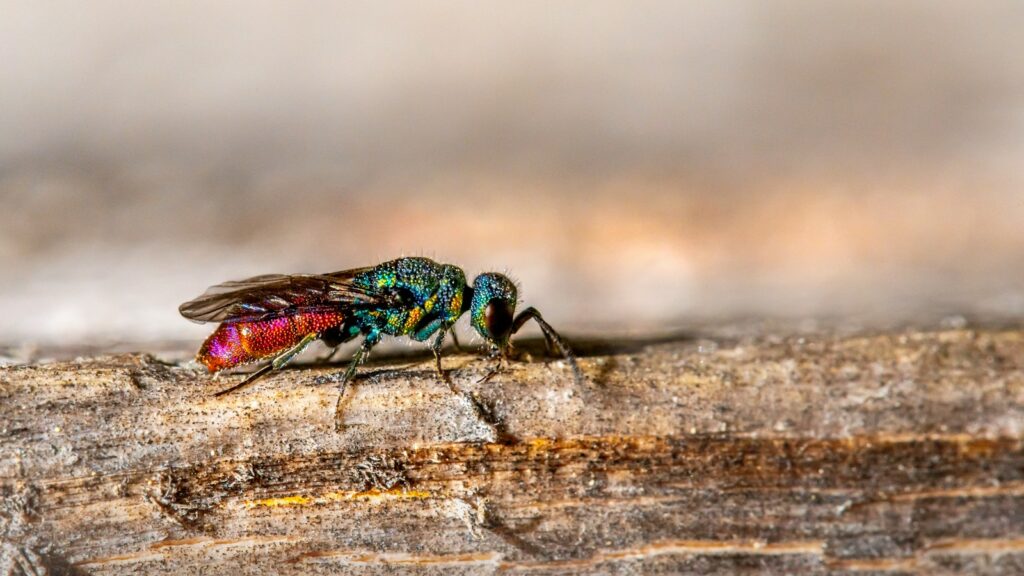
Among the most surprising biological control agents employed on modern ranches are tiny parasitic wasps that specifically target fly pupae. Smaller than a grain of rice, these non-stinging wasps seek out fly pupae and lay their eggs inside them, with the developing wasp larvae consuming the fly from within, preventing adult emergence. Species like Spalangia and Muscidifurax are commercially available, with ranchers making regular releases around high-fly areas such as feeding stations, loafing sheds, and calf pens. What makes this approach particularly effective is the specificity—these parasites attack only certain fly species without impacting beneficial insects or creating chemical residues. Research from Texas A&M University demonstrates that well-timed parasite releases can reduce fly populations by up to 80% when combined with good sanitation practices. The parasites establish breeding populations on the ranch, providing ongoing control that responds naturally to fly population dynamics throughout the season.
The Surprising Impact of Rotational Grazing on Fly Populations

One of the most effective fly control strategies turns out to be a grazing management system implemented primarily for forage utilization. Intensive rotational grazing, where cattle are concentrated in smaller paddocks and moved frequently, disrupts the fly life cycle in several unexpected ways. By moving cattle every few days, the animals are physically relocated away from areas where flies have laid eggs in fresh manure, essentially abandoning fly larvae before they can develop and emerge as adults. This movement creates a spatial separation between livestock and developing fly populations. Additionally, the concentrated hoof action in rotational systems disturbs manure pats, exposing eggs and larvae to desiccation and predation. Research from the University of Wisconsin documented 65-80% reductions in horn fly populations on farms using intensive rotational grazing compared to continuous grazing systems. Many ranchers report that fly control becomes a welcome secondary benefit of a grazing system primarily implemented for improved forage management and soil health.
The Unexpected Role of Native Plants in Ranch Fly Management

The strategic use of botanical diversity represents an often overlooked dimension of effective fly management on ranches. Certain native plants produce natural compounds that repel adult flies or disrupt their reproductive cycles when livestock consume them. Plants like yarrow, wormwood, tansy, and various mints contain volatile oils that repel flies when grown near livestock gathering areas like water sources or shade structures. More surprisingly, when cattle graze on plants containing certain terpenes and flavonoids, these compounds appear in small amounts in manure and on skin secretions, making the animals naturally less attractive to biting flies. Research from the USDA Agricultural Research Service found that cattle with access to diverse pastures containing these bioactive plants experienced up to 40% fewer horn flies than animals on simplified grass pastures. Progressive ranchers now intentionally establish diverse paddocks containing these beneficial species, particularly around high-use areas, creating natural fly repellent zones within the ranch landscape.
The Counter-Productive Nature of Many Chemical Controls
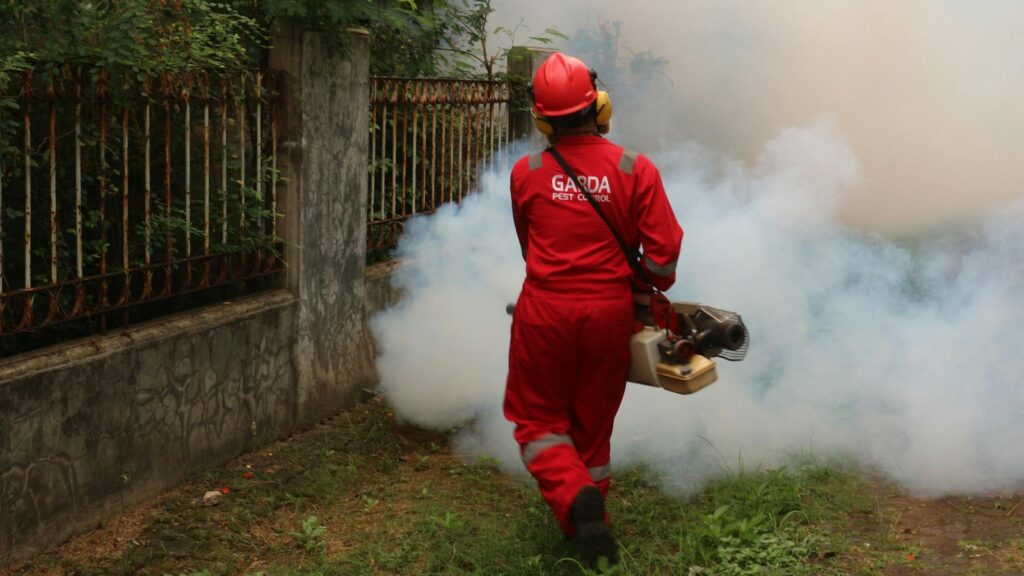
Despite the allure of quick results, conventional chemical fly control methods often create cascading problems that surprise even experienced ranchers. Broad-spectrum insecticides applied to barns, fences, and animals temporarily reduce fly populations but simultaneously eliminate predatory insects and parasites that naturally keep fly numbers in check. This disruption of natural biological controls frequently results in dramatic fly population rebounds within weeks of treatment, often reaching higher levels than before application. Furthermore, flies demonstrate remarkable genetic adaptability, with horn flies now showing resistance to multiple classes of insecticides across most ranching regions. A study from Kansas State University found that fly populations on ranches relying primarily on chemical controls experienced resistance development within as little as three seasons of regular use. Most concerning, residues from these treatments can transfer to milk and meat products, creating potential food safety concerns that increasingly worry consumers and regulators alike.
The Role of Barn Infrastructure in Fly Management

The physical design and management of ranch structures plays a surprisingly significant role in sustainable fly control strategies. Simple infrastructural elements like proper drainage slopes in feeding areas, screened windows with proper airflow patterns, and strategic lighting placement can dramatically reduce fly breeding habitat and adult fly activity. Flies generally avoid moving air, making simple fans in barns and stables remarkably effective at reducing fly harassment in enclosed spaces. Metal-roofed loafing sheds that increase in temperature during sunny periods naturally repel heat-sensitive flies, providing relief areas for livestock. Even the choice of bedding material significantly impacts fly development, with research from Penn State University showing that wood shavings with their natural aromatic compounds support 60-70% less fly larvae development than straw bedding. Forward-thinking ranch designers now incorporate fly management considerations into every aspect of facility planning, creating environments that inherently discourage fly proliferation without depending on ongoing treatments.
The Seasonal Strategy: Timing Interventions for Maximum Impact
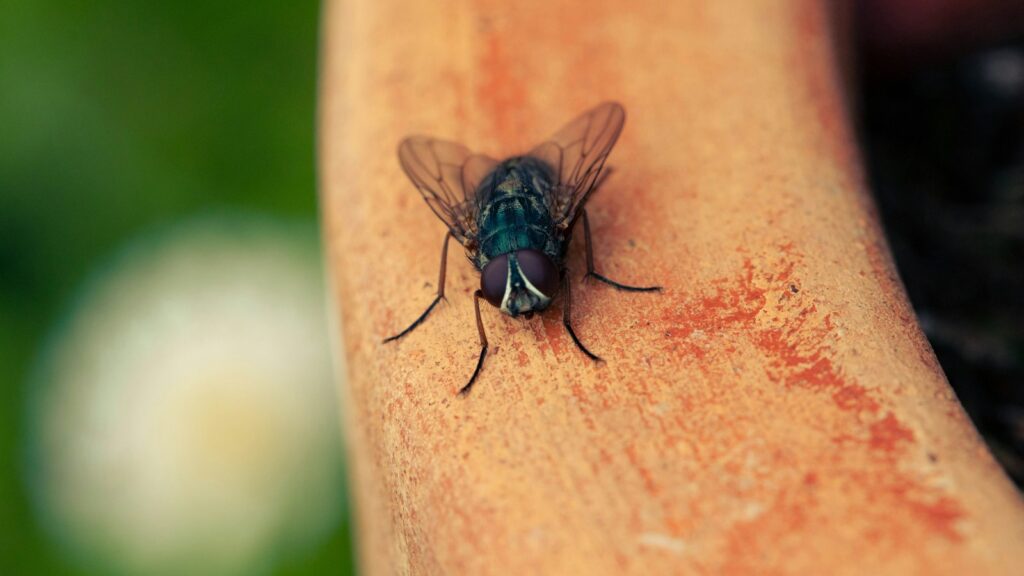
Successful fly management requires a sophisticated understanding of seasonal population dynamics that many ranchers develop through years of observation. The most effective control programs target early-season fly populations before exponential reproduction can occur, with research showing that preventing the first two or three generations of spring emergence can delay significant fly pressure by weeks or months. This requires carefully tracking degree-days (accumulated temperature units) that predict fly development rather than simply responding when flies become visibly problematic. Overwintering horn flies emerge when soil temperatures reach approximately 65°F, creating a critical intervention window that varies by region and yearly weather patterns. Surprisingly, fall management practices prove equally important, as reducing late-season populations significantly decreases overwintering success. Many ranchers now maintain detailed records of fly emergence patterns, correlating them with weather conditions to create ranch-specific prediction models that allow precisely timed interventions tailored to their specific environment and management system.
The Importance of Genetic Selection in Modern Fly Resistance
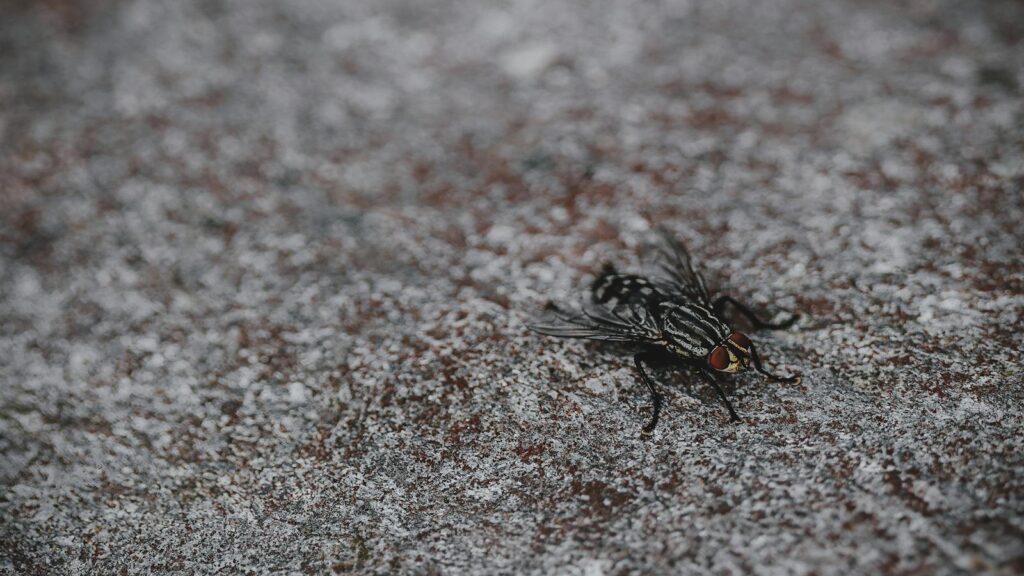
Perhaps the most long-term sustainable approach to fly management comes through intentional selection of livestock with natural fly resistance, a strategy gaining traction among forward-thinking ranchers. Cattle demonstrate significant heritable variation in their attractiveness and tolerance to fly pests, with differences of up to 80% in fly loads between the most susceptible and most resistant animals within the same herd under identical conditions. These differences stem from variations in skin thickness, hair coat characteristics, skin secretion chemistry, and behavioral responses to fly harassment. Bos indicus (Zebu-derived) cattle typically show greater natural resistance than Bos taurus breeds, but significant variation exists within all breed types. Progressive ranchers now incorporate fly resistance into their breeding programs, keeping detailed records of fly loads on individual animals and culling consistently susceptible bloodlines. Research from the University of Florida demonstrated that after just three generations of selection for this trait, average horn fly counts decreased by over 50% across the entire herd, creating a permanent reduction in fly pressure that requires no ongoing inputs or treatments.
The Future of Ranch Fly Control: Integrated Pest Management
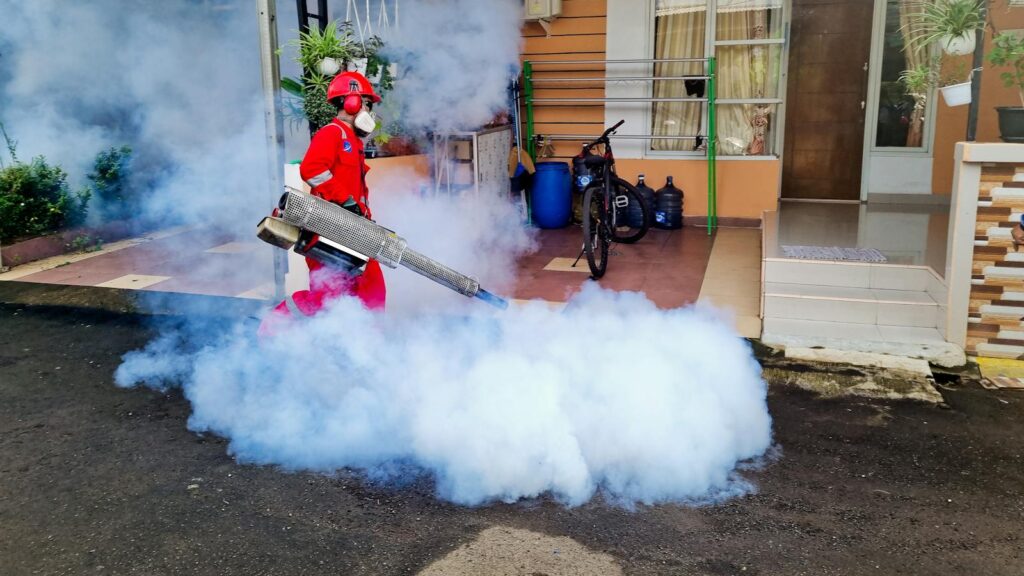
The most successful approach to ranch fly control combines multiple strategies in a comprehensive system known as Integrated Pest Management (IPM), representing the cutting edge of sustainable pest control. Rather than relying on any single method, IPM coordinates biological controls like parasitic wasps and dung beetles, physical controls like traps and barn design, cultural practices like rotational grazing and manure management, and judicious use of targeted chemical interventions when necessary. This approach begins with regular monitoring to establish economic thresholds that trigger specific interventions only when fly populations threaten animal welfare or production. Digital technology now supports this approach, with automated fly counting traps that transmit real-time population data to ranchers’ smartphones, allowing precise timing of control measures. Research consistently demonstrates that ranches implementing comprehensive IPM programs reduce fly-related production losses by 70-90% while simultaneously decreasing chemical use by similar percentages, creating dual economic and environmental benefits that position these operations for long-term sustainability in an increasingly eco-conscious marketplace.
conclusion

In the constant battle against flies on ranches, the most surprising truth may be how this seemingly simple pest management challenge reveals the profound interconnections within agricultural ecosystems. Successful fly control doesn’t come from more powerful chemicals or silver-bullet solutions, but rather from a sophisticated understanding of biological relationships, seasonal patterns, and the cumulative impact of management decisions across the entire operation. The ranchers who master this complex dance find rewards beyond mere pest reduction—they discover production systems that work with natural processes rather than against them, creating resilient operations that thrive through changing conditions while minimizing external inputs. As consumers increasingly value sustainable production methods, these ecologically-minded approaches to fly management represent not just effective pest control, but a pathway toward the economically and environmentally sustainable ranch of the future.

